PARIS — Twenty years after the implementation of the World Anti-Doping Code, where does the fight against this scourge of sports stand? What measures will be put in place during the Paris 2024 Olympic Games? Olivier Rabin, PhD, senior director of science and medicine at the World Anti-Doping Agency in Montreal, Quebec, Canada, spoke with the Medscape French edition at the Albatros International Addictology Congress in Paris.
Medscape: In broad terms, how will the antidoping fight work during the Olympics?
Olivier Rabin, PhD: It is important to know that for the World Anti-Doping Agency (WADA), the Olympic Games start well before the event. We conduct ongoing research and regularly test athletes due to the many national and international competitions.
Also, outside the sports context, we work continuously with the police. Over the past 10 months, thanks to operations with the police, particularly in European countries, we intercepted approximately 300,000,000 doses of doping and participated in dismantling clandestine laboratories.
But if we specifically look at the Olympic Games, all participating athletes have been tested before the event either by their national federation or their international federation.
During the events, more than half of the athletes will be tested either through urine tests, blood tests, and now, even tests using dried blood drops, which are very stable and can detect previously undetectable substances. In general, we test the medalists, as well as the fourth and fifth place finishers. In addition, two athletes per event are often randomly tested.
All samples are kept for 10 years, which allows us, in coordination with the International Olympic Committee (IOC), to reanalyze them. This was the case at the London Olympics, where dozens of cases were uncovered after the Olympics.
Once the Olympic Village is open, the samples will be sent to the laboratory in Orsay, which is expected to receive more than 300 samples per day and requires a logistical effort. More than a hundred substances will be tested for. The results are usually available within 48 hours, but the process can take as long as 72 hours for complex analyses. Overall, during the games, several hundred people will be involved in anti-doping activities.
Medscape: Are there specific doping issues depending on the countries?
Rabin: Yes, there are specificities. There are differences between countries and between sports. WADA exists today because of the 1998 Festina scandal in cycling.
Regarding countries, there was the 2014 scandal of institutionalized doping in Russia, for example. We thought it no longer existed, but that is not the case, which forces us to adapt and evolve. There will never be a total absence of doping, but our goal is to make doping have no impact on sports results, to keep it as anecdotal as possible.
Medscape: Eleven Chinese swimmers implicated in a doping case in 2021 have been selected for the Paris Olympics, creating controversy in the sports world. Could you remind us why WADA did not sanction these swimmers after their positive tests and tell us if they will be subject to specific anti-doping controls for the 2024 Olympics?
Rabin: For the cases of these Chinese swimmers, the answers to the questions asked are detailed in an information sheet published by WADA at the end of April 2024. These Chinese athletes were extensively tested after the national swimming competition that took place in early January 2021, and it will be up to the IOC and the International Testing Agency to decide whether they should conduct targeted tests on these swimmers.
[The conclusions drawn in this case indicate that "the 23 swimmers had tested positive for trimetazidine (TMZ) after being inadvertently exposed to the substance through food/environmental contamination, following the detection of TMZ in the hotel kitchen...Based on the concentrations of TMZ detected in the athletes' samples, there would have been no performance advantage during the national competition from January 1st to 3rd, 2021." — Ed.]
Medscape: Which substances are most commonly found in doping tests? What about the recent Olympics in Tokyo?
Rabin: During the Tokyo Games, few doping cases were reported, but in general, anabolic steroids are implicated in a little less than half of doping cases. Athletes use them to increase muscle strength or endurance. We also find stimulants such as octodrine. Beta-blockers are relatively common. Regarding cannabis, tetrahydrocannabinol is only prohibited when the urinary concentration exceeds a threshold of 150 ng/mL, which is a very high level that corresponds to frequent cannabis use.
[Like cannabis, heroin, and ecstasy (substances also involved in abuse), beta-blockers are not banned during out-of-competition testing. — Ed.]
Medscape: How do you identify potentially prohibited substances in athletes?
Rabin: There are regularly banned substances. Sometimes they are listed on the prohibited substances list. But other substances are called "matched." This means that they are not listed but have a mechanism of action that is similar or identical to that of known substances.
Novel psychoactive substances (NPS) are an example. This category includes new illegal stimulants, opioids, or beta-blockers and totals about 1300 known substances. We cannot list 1300 names, so we ban them by association, which is completely accepted in anti-doping rules. We identify about one NPS per week. We discovered 53 last year.
In addition, we also follow pharmaceutical substances that are at a relatively early stage in their development but have doping potential. We work with the pharmaceutical industry to gather as much information as possible and to potentially ban them.
Last, naturally occurring substances are the most difficult to trace. In this regard, we work with the UN agency responsible for drugs and crime and the World Health Organization as well as conduct our own investigations. When we have identified a number of these substances, we analyze them. Sometimes we must quickly decide to add them to the list of prohibited substances and methods. It is a constant process of monitoring, evaluation, and additions to the list.
That being said, we have a duty to inform athletes. We cannot add a substance to the list overnight.
Medscape: What about genetic doping?
Rabin: WADA organized the first international congress on this topic in 2002 because even at that time, a little over 20 years ago now, gene therapy was advancing and had the ability to modify genes or add them.
Since then, we have been monitoring advances in gene therapy and developing strategies for detecting genetic doping. We need to move quickly, especially because of the advent of the CRISPR-Cas9 genetic scissors. This is a highly dynamic sector.
The targeted genes are those that encode for hormones. These can be growth hormone or erythropoietin (EPO). Numerous studies have been conducted, particularly in France, on EPO and EPO transgenes. They have produced extremely interesting results. Overall, we have identified a little over 20 genes that are likely to be manipulated to enhance performance.
Medscape: And what about substances that modify metabolism?
Rabin: Today, around energy metabolism, whether it be lipids or carbohydrates, there are substances that affect how mitochondria, which are the energy powerhouses in cells, function. We are particularly interested in substances that manage lipid metabolism and are heavily discussed in diabetes.
Not all these substances are necessarily banned. Some are in the evaluation phase; some are on the watch program that allows us to see whether there will be misuse of these substances by athletes in the future.
Medscape: Are tests continuing to improve?
Rabin: We have gained sensitivity today that we did not have 10 or 15 years ago. We are developing more specific methods. One of the major challenges in antidoping science is the level of certainty required. It goes beyond everyday science, where the margin of error is 5%. We need reliable results at 99.99%, with less than a 1 in 10,000 chance of making a mistake.
Medscape: In case of illness, some potentially doping medications are allowed. Does this give treated athletes an advantage?
Rabin: These are therapeutic-use exemptions when an athlete has a medical condition. There is a process governed by an international standard that allows an athlete, based on medical records, to request access to a substance and receive permission to use it. Data from the last Athens Olympics showed that there were not any more medal-winning athletes at the Olympic and Paralympic Games among those who received these therapeutic use exemptions. There is no direct correlation, contrary to what is sometimes claimed.
Medscape: Is the anti-doping fight burdensome for athletes?
Rabin: Yes. According to the rules of the World Anti-Doping Code, high-level athletes must provide their daily whereabouts for at least 1 hour. During this time, they must be where they said they would be for sample collection. They can be tested at other times of the day or night, but for that hour, they must be present at the specified location.
Medscape: Why do some athletes take risks despite the controls?
Rabin: There is always a risk-taking element for some athletes. There are different motivations behind doping. Some cannot reach the level they desire, and they realize or are made to understand that by using certain substances, they will perform better. This can be a temptation.
Also, some athletes get injured and had not anticipated the end of their career and the effects on their future. They seek to quickly regain their previous level, hence the temptation of doping.
Finally, there is doping related to the athlete's entourage. The athlete realizes that he or she has reached a limit and does not want to disappoint his or her loved ones. He or she may be advised or even pressured to dope. This athlete may be tempted because he or she feels that there is no other alternative.
In managing an athlete's career, it is important to have alternatives, to consider their career's ending, and to provide psychological support. In sports, there are many sources of anxiety related to performance and to precariousness as well as to the image of invincibility. We have a duty to support these athletes in their lives, beyond sports.
Medscape: What can doctors say to athletes whom they suspect of doping?
Rabin: Today, we have doctors who are faced with this issue and ask us what course of action to take with individuals suspected of taking doping substances.
Some doctors I have met refer them to anti-doping authorities. To my knowledge, none of them have faced consequences for breaking patient confidentiality. Others initiate a discussion, and that might be the approach I would personally take. They explain to the patient the health risks (such as cardiovascular, renal, hepatic, psychological, fertility) and the risks to their sports career. Dealing with this involves being truthful. I don't think we should lead to stigmatization because that could push individuals to disconnect from the system, worsening the situation. I have never met an athlete caught for doping who said they were happy to dope. On the contrary, I have met several who thanked us because their life had become a nightmare.
To combat doping, we need educational programs to instill certain values. According to a study conducted in the United States a few years ago, about one third of athletes said that they will dope, one third said that it goes against their values, and the last third said that it depends on circumstances. It is on this third of athletes that we work the most. For those who indicate they will dope, only punitive measures can work.
This story was translated from the Medscape French edition using several editorial tools, including AI, as part of the process. Human editors reviewed this content before publication.

.webp) 3 days ago
7
3 days ago
7
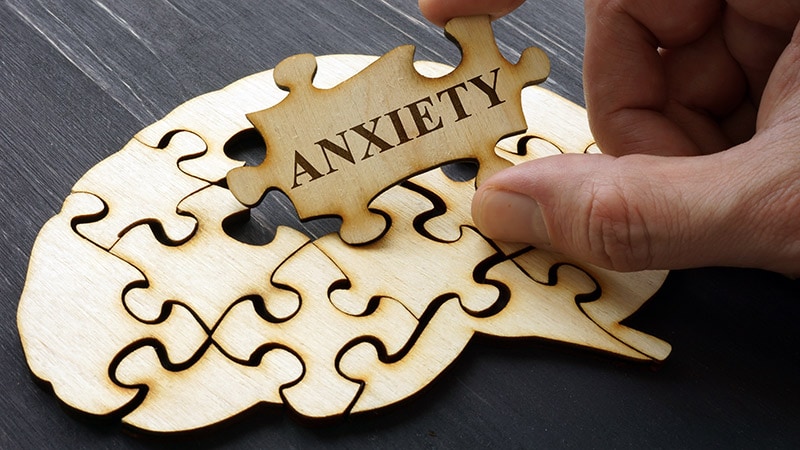




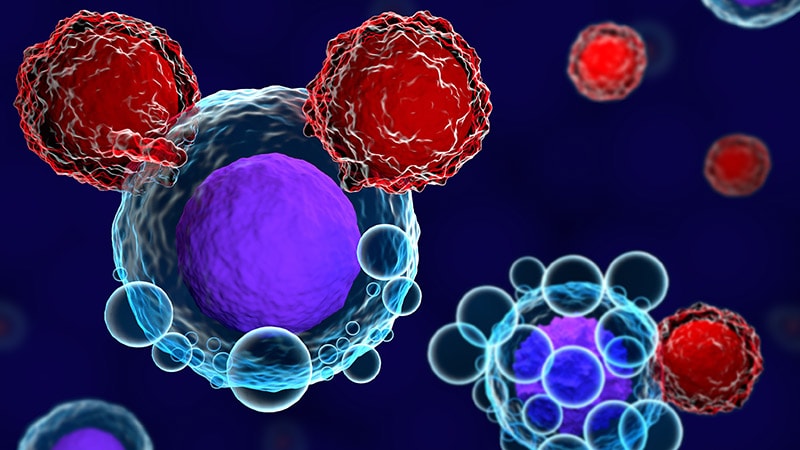
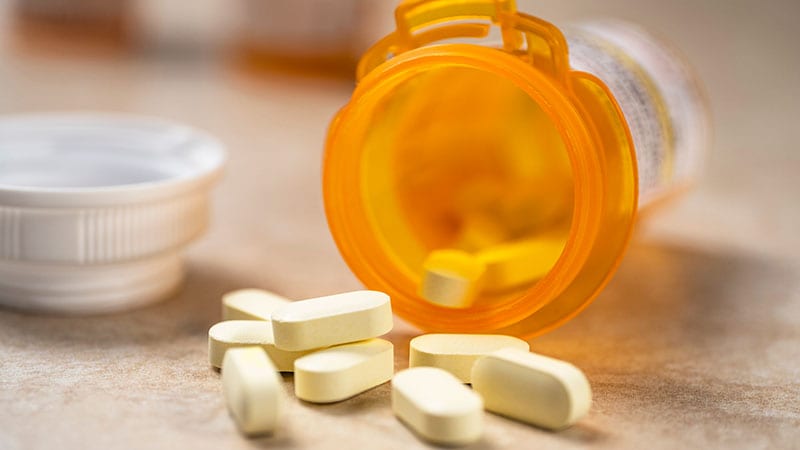

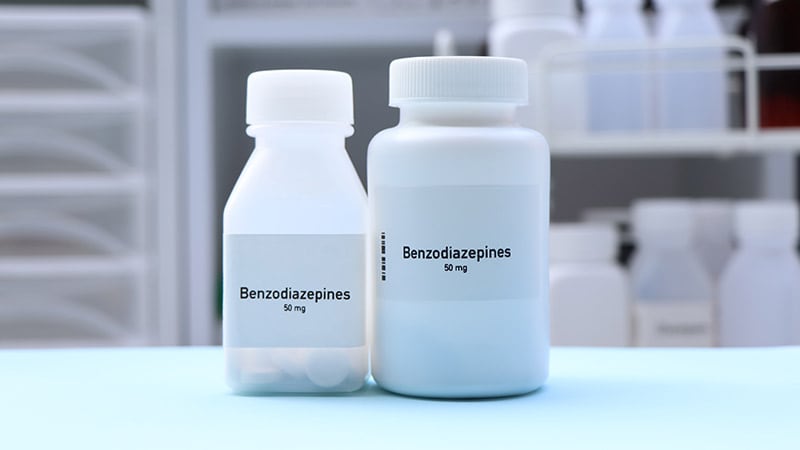
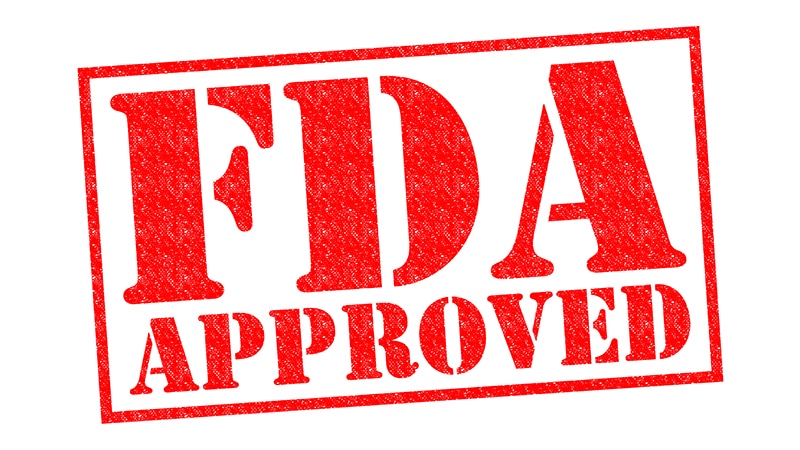


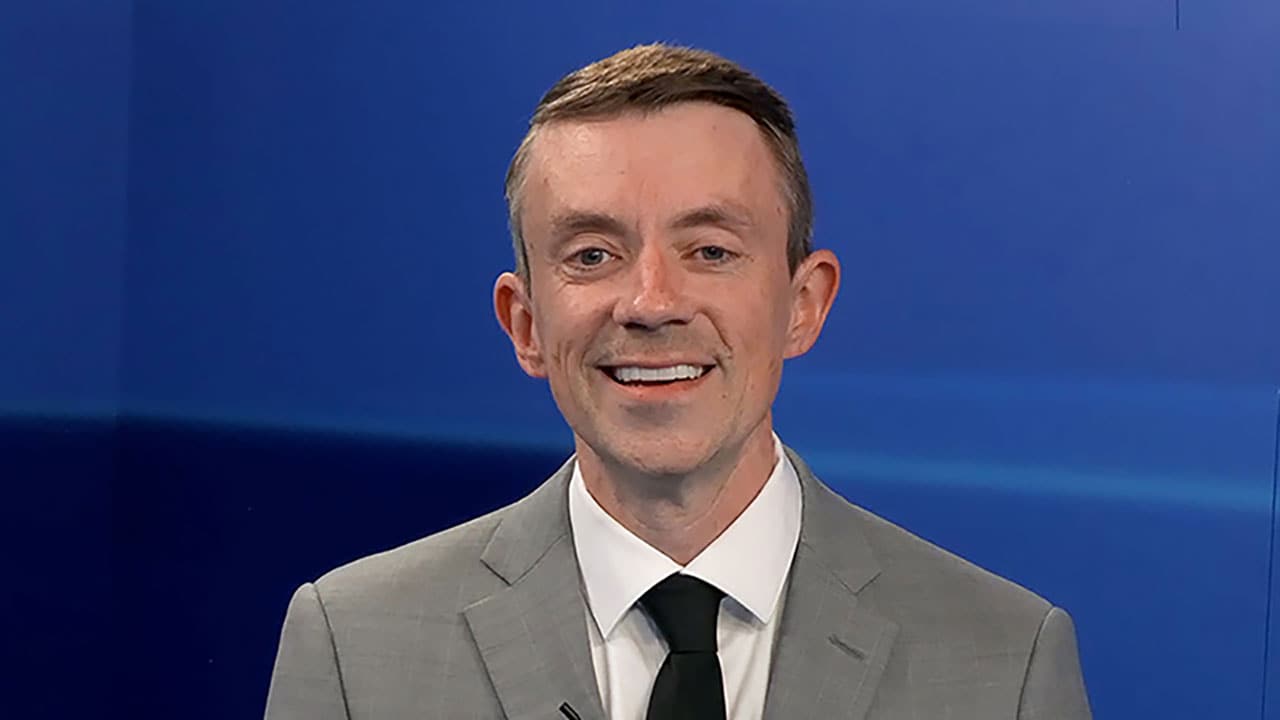

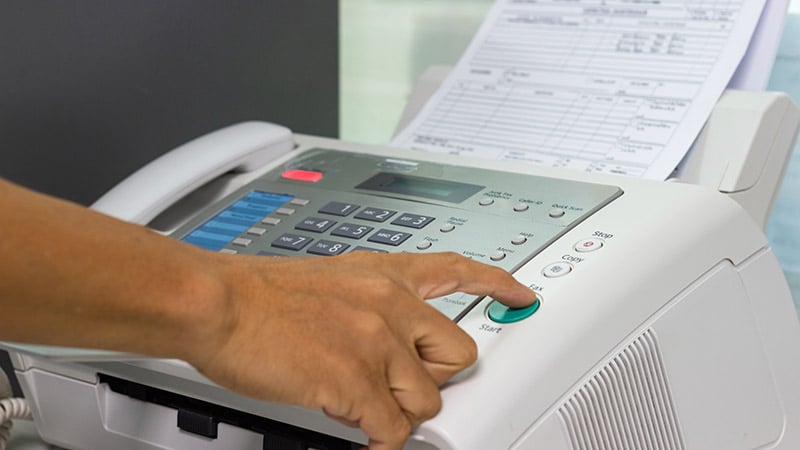
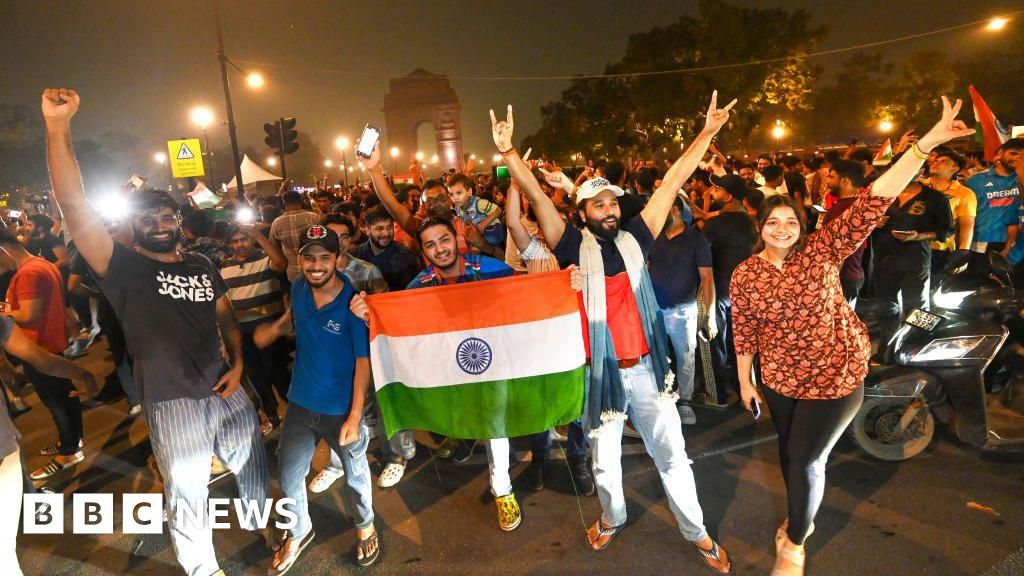













 English (US)
English (US)